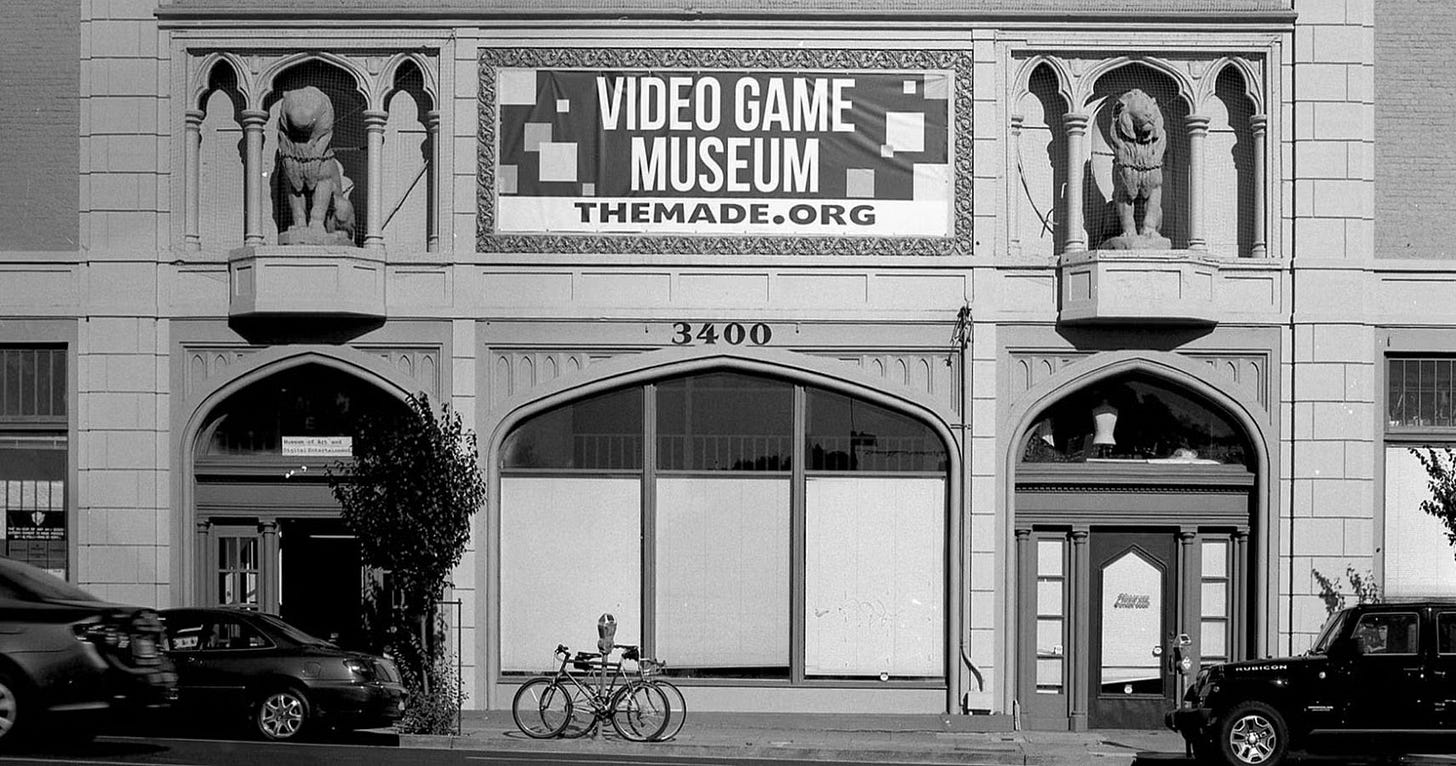Legal and Gray Areas of Console Game Emulation: Navigating the IP Landscape
Before examining the legal complexities of console game emulation, it is worth noting that courts have repeatedly addressed the legitimacy of emulation software
Before examining the legal complexities of console game emulation, it is worth noting that courts have repeatedly addressed the legitimacy of emulation software while balancing intellectual property rights against innovation and interoperability concerns. This analysis explores key legal doctrines, landmark cases, and statutory provisions that define the boundaries of permissible emulation activities.
Foundational Legal Framework for Emulation
Reverse Engineering and Fair Use Doctrine
The legality of console emulation hinges primarily on the application of fair use doctrine to reverse engineering practices. Two seminal cases have established the contours of this relationship: Sega Enterprises Ltd. v. Accolade, Inc. and Sony Computer Entertainment v. Connectix Corp.
In Sega v. Accolade, the Ninth Circuit held that Accolade's reverse engineering of Sega's video game software constituted fair use because it was necessary to access unprotected functional elements of Sega's software. The court emphasized that "reverse engineering a software program to access unprotected functional elements can be considered fair use if it is the only means of gaining such access and is done for a legitimate purpose". This decision established that intermediate copying during reverse engineering can be permissible when undertaken to gain access to ideas and functional elements not protected by copyright.
Building upon this precedent, the Ninth Circuit in Sony v. Connectix further solidified the legitimacy of emulation software. The court determined that Connectix's intermediate copying of Sony's BIOS during the creation of their Virtual Game Station emulator was protected fair use. The court reasoned that "the intermediate copies Connectix made and used during the course of its reverse engineering of the BIOS program were protected fair use, necessary to permit Connectix to make its non-infringing Virtual Game Station function with PlayStation games". Significantly, the court found that three of four fair use factors-purpose and character of use, nature of the copyrighted work, and effect on potential market-all favored fair use.
DMCA Anti-Circumvention Provisions
The Digital Millennium Copyright Act (DMCA) adds another layer of complexity through its anti-circumvention provisions. Section 1201 of the Copyright Act "generally makes it unlawful to 'circumvent a technological measure that effectively controls access to' a copyrighted work". This provision potentially criminalizes certain activities associated with emulation, particularly when technological protection measures must be bypassed.
The DMCA defines circumvention as attempting to "descramble a scrambled work, to decrypt an encrypted work, or otherwise to avoid, bypass, remove, deactivate, or impair a technological measure, without the authority of the copyright owner". Prohibited activities under this definition include "removal of watermarks from photographs," "bypassing DRM in order to copy a game," and "trafficking in devices or tools that help other people circumvent access-control and copy-control measures".
Statutory Exceptions and Exemptions
Section 117 Rights and Limitations
Section 117 of the Copyright Act provides a significant but limited exception to copyright infringement claims in the software context. This exception allows an "owner of a copy of computer program" to make copies without authorization from the copyright holder, provided those copies are either (1) "created as an essential step in the utilization of the computer program" or (2) created for "archival purposes only".
Critical to this exception is determining whether the user is an "owner" or merely a "licensee" of the software. As illustrated in 4DD Holdings, LLC v. United States, courts examine the terms of software license agreements to determine whether Section 117 applies. If the license agreement characterizes the transaction as a license rather than a sale, the Section 117 defense may be unavailable. Additionally, the archival exception is narrowly construed, with some courts holding that it "only applies to computer programs stored in a medium that may be destroyed by 'mechanical or electrical failure,' and not physical dangers like shredding or fire damage".
Triennial Review Exemptions
The DMCA provides a "fail-safe mechanism" through a triennial rulemaking process conducted by the Copyright Office, allowing the Librarian of Congress to create temporary exemptions to the anti-circumvention provisions. These exemptions have increasingly addressed video game preservation concerns.
Recent exemptions have included provisions for "archiving and preservation of video games" that have been abandoned by developers. However, these exemptions typically come with significant limitations-for instance, applying "only if a game is entirely unplayable after a server shutdown, and not if the server shutdown simply removes certain features from the game".
Contractual Constraints on Emulation
End User License Agreements (EULAs)
End User License Agreements represent a primary mechanism by which game publishers attempt to restrict emulation. These agreements typically serve several functions, including "set[ting] out the basis upon which customers and players may use the game," "manag[ing] and limit[ing] the potential liabilities of the publisher," and "ensur[ing] the publisher has the rights it needs to protect its interests in the game".
The enforceability of these agreements has evolved significantly. Initially, courts were "hesitant to enforce shrink-wrap licenses" that prohibited certain uses of software. However, in ProCD, Inc. v. Zeidenberg, the Seventh Circuit established that "shrink-wrap licenses are enforceable unless their terms are objectionable on grounds applicable to contracts in general (i.e., unconscionable)". This precedent strengthened publishers' ability to restrict emulation through contractual provisions.
First Sale Doctrine Limitations
The first sale doctrine traditionally limits an intellectual property owner's ability "to control resale of products embodying its intellectual property". This doctrine enables activities such as reselling legally purchased media, library lending, and the development of secondary markets.
However, in the digital context, the first sale doctrine faces significant limitations, particularly when software is licensed rather than sold. When games are characterized as licensed services rather than sold products, publishers maintain greater control over downstream uses of their intellectual property, potentially including emulation.
Comparative Perspectives: EU Approach to Emulation
Directive 2009/24/EC
The European Union has adopted a slightly different approach to reverse engineering through Directive 2009/24/EC. Article 5(3) of the Directive provides that a person "having a right to use a copy of a computer program shall be entitled, without the authorisation of the rightholder, to observe, study or test the functioning of the program in order to determine the ideas and principles which underlie any element of the program".
Article 6 specifically addresses decompilation, permitting it without authorization when "indispensable to obtain the information necessary to achieve the interoperability of an independently created computer program with other programs". However, this provision includes important limitations, including that "those acts are confined to the parts of the original program which are necessary in order to achieve interoperability".
Recent scholarship suggests that these provisions are "incredibly restrictive" and do not reflect industry practice, leading to calls for reform. This restrictive approach differentiates the EU legal framework from the more flexible fair use doctrine in the United States.
Video Game Preservation Considerations
Balancing Preservation and Copyright Protection
Video game preservation presents unique challenges that implicate emulation. The Copyright Office has recognized this tension through specific exemptions in the triennial review process, with recent exemptions addressing preservation of abandoned games.
The justification for preservation exemptions stems from recognition that without some form of legal protection for preservation activities, culturally significant works may be permanently lost. However, these exemptions remain narrowly tailored to balance preservation interests with copyright owners' rights.
Conclusion: Navigating the Gray Areas
Console game emulation exists at the intersection of multiple legal doctrines, creating a complex landscape of clearly permissible activities, clearly prohibited actions, and substantial gray areas. Several principles emerge from this analysis:
Reverse engineering for interoperability and compatibility purposes may qualify as fair use under the proper circumstances, particularly when the final product does not incorporate protected expression.
Circumvention of technological protection measures presents significant legal risk under the DMCA, though specific exemptions may apply to preservation activities.
The characterization of a transaction as a license rather than a sale significantly impacts the application of both Section 117 exceptions and the first sale doctrine.
Contractual provisions in EULAs may create additional restrictions beyond copyright law, though their enforceability varies.
International approaches to emulation differ in important respects, creating additional complexity for global emulation projects.
As technology continues to evolve, courts and policymakers will face ongoing challenges in balancing intellectual property protection with interests in preservation, interoperability, and innovation. Practitioners advising clients in this space must carefully navigate these competing considerations while monitoring developments in this dynamic area of law.




